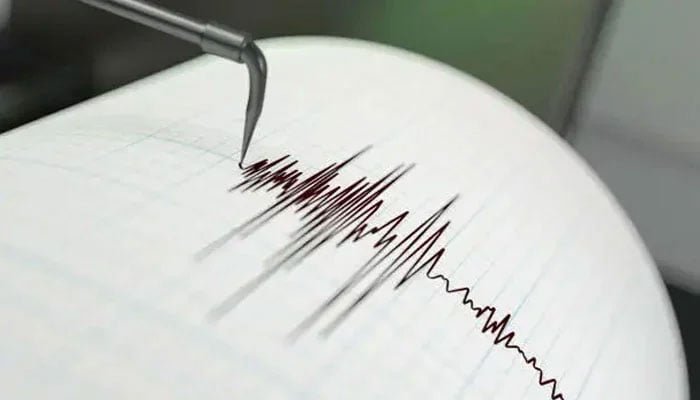Early Monday morning, a magnitude 3.1 earthquake shook the Kalat district of Balochistan, causing alarm among locals. Fortunately, initial reports indicate no damage or injuries. The Pakistan Meteorological Department (PMD) stated that the earthquake’s origin was about 8 kilometers southeast of Kalat.
This tremor follows another earthquake just two days prior, when a magnitude 4.9 quake struck Gwadar and its vicinity in Balochistan. The National Seismic Monitoring Centre pinpointed that earthquake’s epicenter as being 40 kilometers southwest of Pasni, at a depth of 14 kilometers. Similar to the Kalat quake, no harm was reported, but residents were shaken.
Pakistan has been experiencing a recent uptick in seismic activity. Earlier in June, Karachi recorded an unusual 36 minor earthquakes, attributed by the weather department to activity along the Landhi fault line. The most recent of these hit just two days ago with a magnitude of 2.6, originating 8km southeast of Malir at a depth of 10 kilometers. Peshawar, too, was rattled by a magnitude 4.7 earthquake the day before, with its source traced back to the Hindu Kush mountain range in Afghanistan at a depth of 211 kilometers.
These recent events are part of a larger pattern of seismic activity across various parts of Pakistan. Earthquakes are relatively frequent in the country, which sits on the active boundary between the Indian and Eurasian tectonic plates. The ongoing collision of these plates, with the Indian plate pushing northward into the Eurasian plate, makes a significant portion of South Asia prone to earthquakes.


